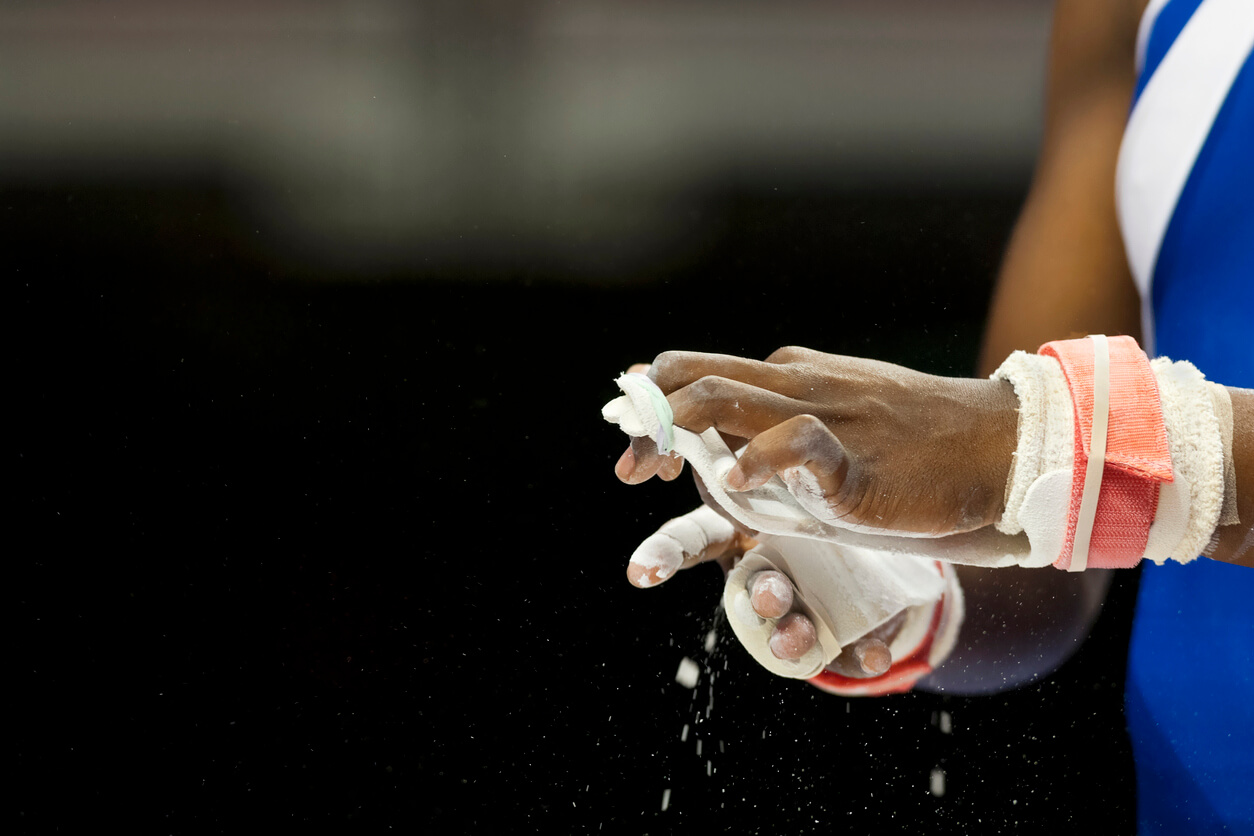Simone Biles recently brought international attention to the physical and psychological dangers of gymnastics, but those involved in the sport have always known that injury and extreme stress, as well as grace and beauty, are inherent in the activity.
At Long Island Spine Rehabilitation Medicine, our doctors regularly treat patients who have suffered painful, debilitating musculoskeletal injuries in pursuit of excellence in gymnastics. Fortunately, we physiatrists have the knowledge and skills to treat these injuries successfully.
Our doctors are all physiatrists, physicians who focus on pain relief and restoration of function. Our approach is holistic, involving a combination of traditional and complementary treatment methods, all of them nonsurgical.
As soon as you visit one of our conveniently located Nassau or Suffolk County offices, you will know why our patients speak of us in glowing terms. Whether or not you dream of being an Olympian gymnast, our goal is to make you comfortable and ready to return to the freedom of full mobility.
How common are gymnastic injuries in the U.S.?
According to the National Institutes of Health, over 100,000 people suffer gymnastic injuries during an average year. The incidence of injuries, for reasons not fully understood, is higher for females — 9.37 per 1,000 as compared to 8.78 per 1,000 for males. Females also more commonly suffer more severe gymnastic injuries.
Those compiling such statistics note that young athletes in the 21st century suffer for gymnastic injuries than in previous decades because:
- They begin the activity at an earlier age
- Spend more time practicing and training
- Perform more difficult moves
Which gymnastic injuries occur most frequently?
The most common gymnastic injury overall is a wrist sprain, a painful wrench of a ligament in the joint that causes pain and swelling. The most common gymnastic injuries to the lower body affect the knee and ankle and typically result from landing and dismount. Anterior Cruciate Ligament (ACL) tears are one of the most painful and disabling of these, affecting the ligament that attaches the femur (thigh bone) to the shin bone (tibia).
Other Common Gymnastic Injuries
Because gymnastic routines are complex, and training is extremely rigorous, gymnasts can be injured during training as well as during competitive events. Due to trauma, stress, or overuse, in addition to the above-mentioned injuries, gymnasts are at risk of suffering:
- Wrist fractures (including a severe one known as a Colles’ fracture)
- Finger and hand injuries
- Cartilage damage
- Hip damage (e.g. labral tear, hip flexor tendonitis)
- Anterior knee pain (aka runner’s knee)
- Lumber (low) due to herniated discs or spinal fractures
- Achilles (heel) tendon strains or tears
- Ankle sprains, elbow dislocation, shoulder instability or subluxation
- Burners and stingers (nerve pain in the neck and shoulder)
Although most of the time, these gymnastic injuries can be effectively resolved with prompt treatment, they are painful and debilitating when they occur. That’s why it’s important to seek treatment as soon as possible.
How Gymnastic Injuries Happen
In spite of long hours of training for gymnastics, accidents happen, sometimes due to:
- Insufficient flexibility
- Poor balance
- Inadequate core strength
- Imbalance (one side stronger than the other)
- Overuse
- Awkward landing
- Missed footing
As Simone Biles made abundantly clear, there is also a grave risk of gymnastic injury when the
“mind and body are simply not in sync.”
Our Treatments of Gymnastic Injuries Are Varied and Effective
At Long Island Spine Rehabilitation Medicine, we are known as excellent diagnosticians. As soon as we pinpoint your problem, we will determine which of our treatments, listed below, will provide you with the quickest, most complete recovery:
- Acupuncture
- Physical therapy, including electrical stimulation, to restore strength and range of motion
- Ultrasound-guided injections of a corticosteroid and analgesics to relieve pain and inflammation directly at the source
- PRP – platelet rich plasma injections
- PEMF (Pulsed Electromagnetic Field) therapy which, in addition to treating pain and inflammation, increases blood flow to your cells to promote more rapid healing
Of course, we will also provide you with necessary slings, bandages, casts, canes, knee walkers, and other assistive devices that will help you navigate during the earliest stages of recovery.
Contact Us at the First Sign of Gymnastic Injury
Although some minor injuries may resolve on their own, any significant gymnastic injury that doesn’t respond to rest and home remedies should be examined by our astute physiatrists as soon as possible. Prompt treatment is essential for more rapid healing and prevention of further, even permanent, damage.
